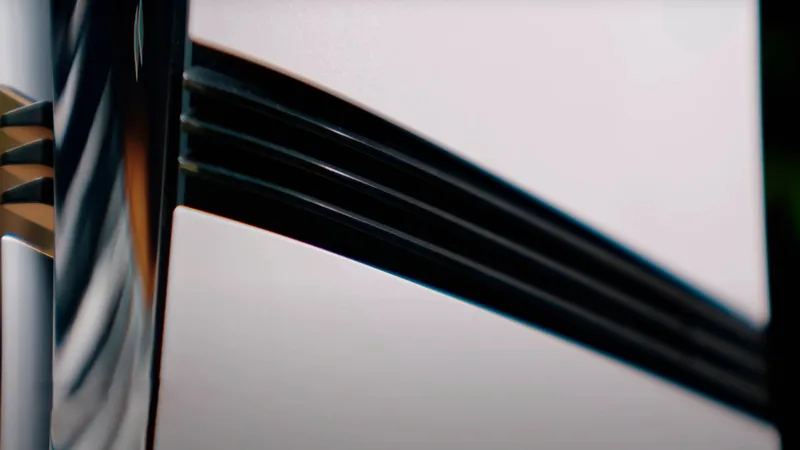PlayStation 6 details revealed: the power and innovation of the future
Sony is preparing a new generation of gaming console - PlayStation 6. Recently, insiders and analysts, including the well-known source Moore's Law Is Dead, revealed details about the technical stuffing and capabilities of the PS6. In this article, we'll delve into the key features that make the console a real breakthrough, as well as compare it to its closest competitors - particularly the new Xbox.

PlayStation 6 specs: what's new?
Powerful AMD Orion chip on 3nm technology
At the heart of PlayStation 6 will be AMD's new monolithic chip codenamed Orion:
- Technology Process: TSMC's 3nm is the new standard for high power efficiency and performance.
- Crystal size: 280mm² - an impressive size for a modern chip.
- TDP (power consumption): 160W - significantly lower than the PS5 Pro (200-240W), promising lower cooling and power costs.
Processor and graphics: the power of Zen 6 and AMD RDNA 5 architecture
The CPU in PS6 will be based on 7-8 cores of Zen 6c plus 2 cores of Zen 6 LP for overclocking (OC). This will not only give high multitasking, but also the ability to optimize the balance between performance and power consumption.
The graphics subsystem is the most interesting part:
- The GPU architecture is the new AMD RDNA 5, which hasn't been officially unveiled yet.
- 52-54 compute units.
- Graphics frequency - 2.6 to 3 GHz.
- Performance - 34-40 TFLOPS, which is a huge leap compared to PS5.
Memory and Performance
PlayStation 6 will feature a 160-bit memory controller with support for up to 40GB of GDDR7 with 32Gbps bandwidth. However, Sony may reduce memory capacity to optimize cost.
Significant performance gains
- Rasterization performance can increase up to three times faster than PS5.
- In ray tracing tasks, an increase of 6-12x.
- Overall, PS6 will be about 4-8x faster than the base PS5, given the use of FSR scaling technology.
PlayStation 6 vs. the new Xbox: who's faster?
On paper, the new Xbox with AMD's Magnus chip is about 25% more powerful than the PlayStation 6. However, the Xbox's design features may result in a higher price for the device.
Sony, on the other hand, is focusing on power efficiency and balance, which could ensure a competitive price and high performance.
Other important PlayStation 6 features
- Backwards Compatibility: PS6 will support games from PS4 and PS5, but not compatible with PS3.
- Release date: Production will start as early as mid 2027, with sales expected later that year.
- Hybrid model: Sony is planning a Nintendo Switch-style hybrid console, a great move to expand its audience.
Bottom line: a new evolution in gaming consoles
Moore's Law Is Dead rightly notes:
"Given all the improvements, the next generation of consoles will be a significant leap over the current one."
The PlayStation 6 promises to be powerful, power efficient and innovative, capable of impressing gamers and standing up to the competition in the market.
Frequently Asked Questions (FAQ)
When will the PlayStation 6 be released?
- Production is expected to start in mid-2027 and sales are expected to begin by the end of that year.
Will there be backwards compatibility with PS3 games?
- No, there will be no support for PS3 games.
What makes PS6 better than PS5?
- Graphics and ray tracing performance will increase several times, lower power consumption, support for the latest GDDR7 memory and AMD RDNA 5 architecture.
If you want to learn more about the latest news in the world of game consoles and technologies - subscribe for updates and stay tuned!